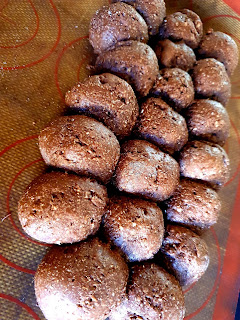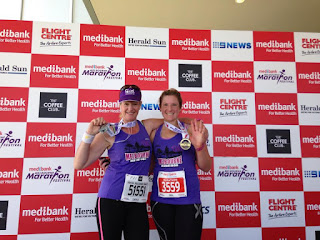Run fuelling: Within-run carbohydrate intake

Dr Breanne Kunstler (BBiomedSci, BHealthSci, MPhysio, PhD). Physiotherapist, behaviour change scientist and run coach. Many people have enjoyed my 'The sweet series' Instagram posts. Some have liked the relevance of the information to their within-run fuelling, but most have really just enjoyed the comparisons. I compared the amount of carbohydrate between gels (e.g. Gu ) and common snacks ( lolly snakes [Image 1], muesli bars , glucogel jellybeans , jellybelly jelly beans , skittles , dates and red frogs ). I also outlined how much of each snack you need to consume to meet the equivalent amount of carbohydrate found in one gel. Image 1 : Lolly snakes were yummy but really impractical! Each of my posts included a pros and cons list related to the consumption of each snack during a one hour high intensity run, ending in a rating out of 5 stars. I didn't include any comments on how the consumption of each lolly impacted my performance because performance is influenced by m







